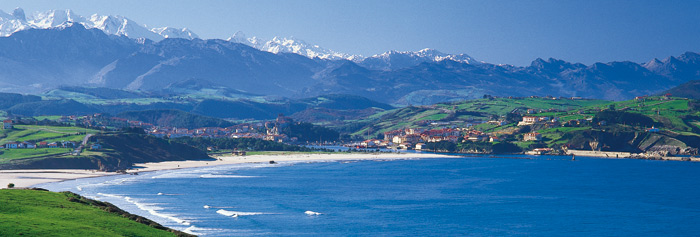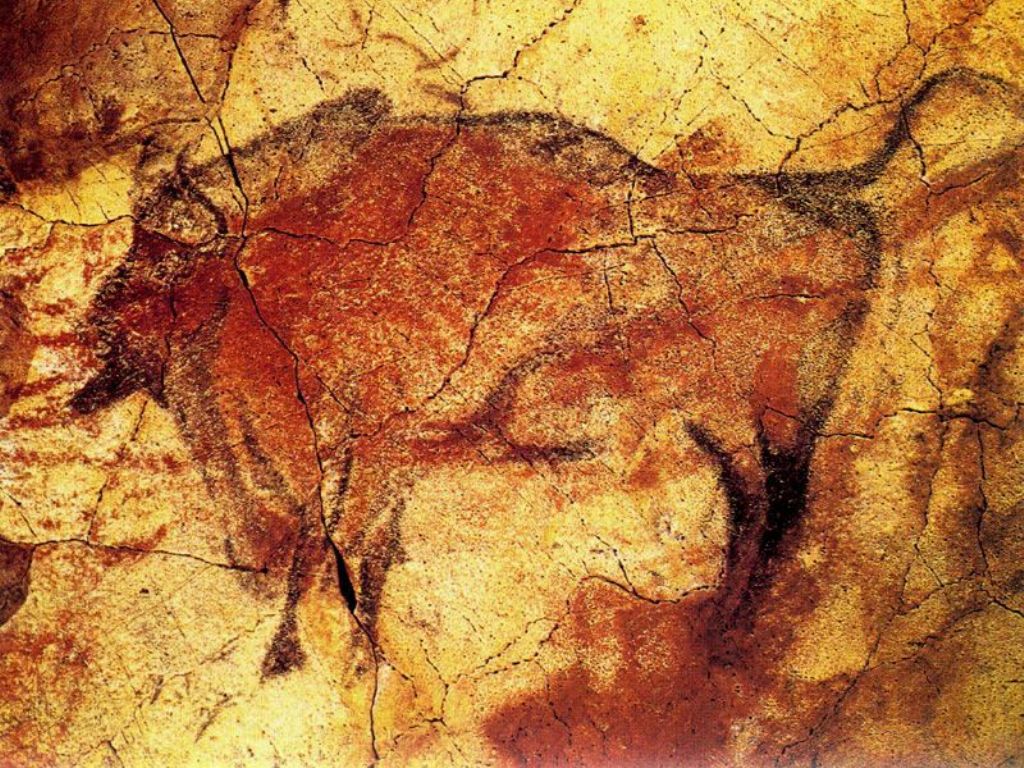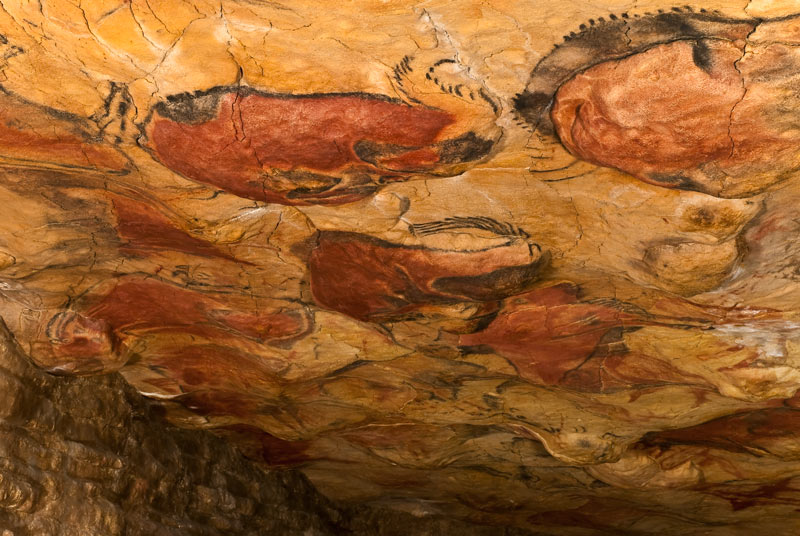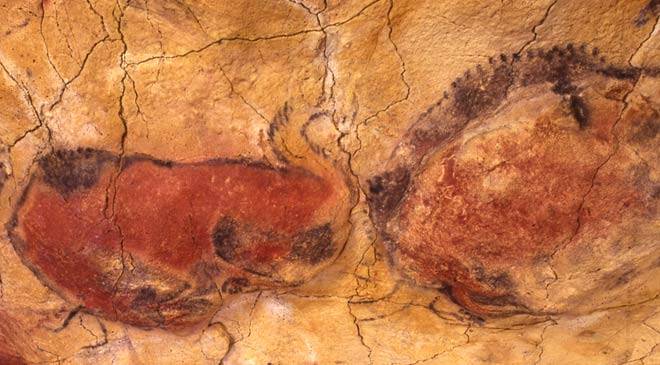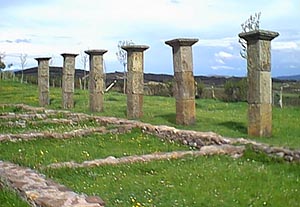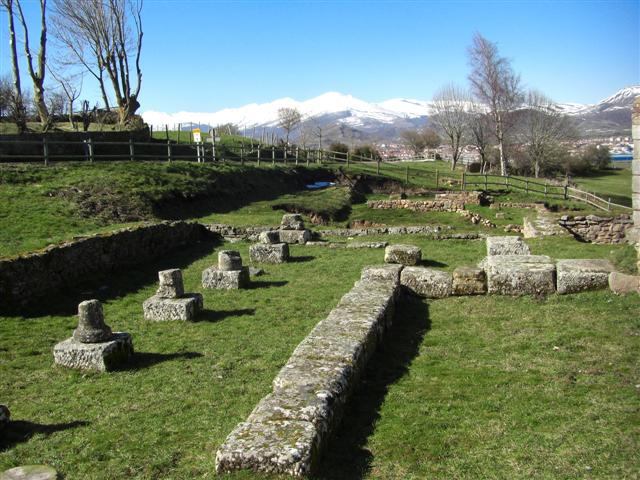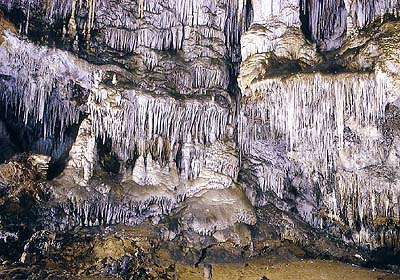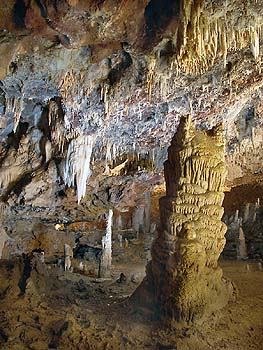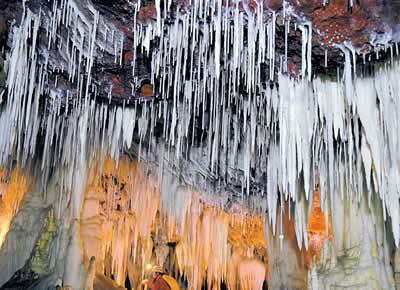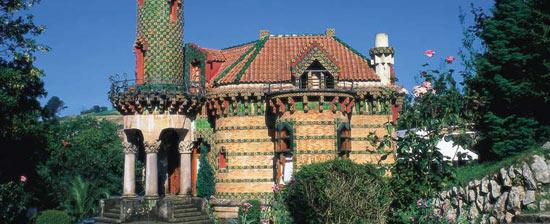About the region: Cantabria
The city of Santander is located in the self-governed region of Cantabria, which lies on the northern coast of Spain between Asturias and the Basque Country. This beautiful region of half a million inhabitants is on the shores of the Cantabrian Sea and is crossed by a mountain range. The shores and inland valleys offer a wide variety of landscapes as a consequence of the mild, moist climate of socalled Green Spain. The coastal landscape of beaches, bays and cliffs blends together with valleys and highland areas, such as the mountain range of The Picos de Europa, situated in the western area. Several short but fast-flowing rivers cross the region, forming valleys perpendicular to the Bay of Biscay. All along the coast there are typical traditional fishing ports and innumerable diverse beaches of soft white sand.
Cantabria, a perfect mixture of beaches, mountains and green areas.
However, Cantabria’s attractions are not limited to its natural treasures. History has provided a rich artistic and cultural heritage found in towns and villages that are outstanding in their own right. The archaeological remains and historic buildings bear the mark of a unique history. It is here that we find the world famous Altamira cave paintings, a veritable shrine to the prehistoric age.
Altamira cave (UNESCO World Heritage Site) was the first cave in which prehistoric cave paintings had been discovered (1880). The main gallery, called the “polychromes chamber”, is also known as the “Sixtine Chapel” of the quaternary art. Located in Santillana del Mar (30 Kms. from Santander).
In addition, there are remarkable remains from the Romans, the Mozarabic presence and the beginnings of the Reconquest of Spain. The artistic heritage offers us vivid evidence of the Romanesque, the Gothic and Baroque styles plus the singular architectural style of the ‘indianos’, returning adventurers from Latin America.
Remains of Juliobriga, the most important urban center in Roman Cantabria.
Regarding natural spots, El Soplao Cave is considered a very unique cave because of its size, structure and state of conservation. The cave is home to an authentic natural “paradise” of striking formations with large areas of stalactites, stalagmites, helictites, eccentrics and the pisolites, popularly known as cave pearls. See here for further information about this unique natural cave.
El Soplao cave: main galleries.
The surrounding nature and the historical importance of many of its villages and buildings make this region very appealing for tourism, especially during the summer season. From the historical point of view, the region preserves important remains. Examples from the Prehistoric Era (the Altamira and Puente Viesgo Caves), Roman ruins such as those of Julióbriga, medieval settlements, such as Santillana del Mar and several examples of the civil and religious architecture of the nineteenth and twentieth centuries (The Palaces of Elsedo, Soñanes and Rañada, among others).
«El Capricho», a very impressive building by world-famous architect Gaudi located in the village of Comillas (Cantabria), just 48 Kms. from Santander.
Its climate is very mild and the whole region offers the varied landscape and weather features typical of this fringe of green land so different from the rest of Spain. The weather in Cantabria is very mild and rainy throughout the year (the average temperature in August is approximately 19 C° and in December 9.5 C°). This humid, mild weather gives the region a rich and varied nature with plenty of woods and meadows.
History
The History of Cantabria is a rich one. This Spanish region has been inhabited since ancient times, proof of it are the outstanding prehistoric remains that you can find here. Especially important are the prehistoric cave paintings of Altamira, in the town of Santillana del Mar, which are believed to be fifteen thousand years old. But there are more than 30 caves in different parts of the region with artistic remains from the Palaeolithic times.
Roman times in Cantabria
People of Cantabria resisted fiercely to the Roman invasion of the Iberian Peninsula, being one of the last regions to be controlled by the Romans. Roman influence in Cantabria is therefore quite superficial and restricted mostly to the cities founded by the Romans themselves.
The Romans named Santander «Portus Victoriae Iuliobrigensium» and established here an important harbour which was the origin to the city we know today. The current name of the city derives from the monastery of «Sancti Emeterii».
The Middle Age
Cantabria became independent from the Romans in the year 409 and remained so until 574 when the Visigoths founded here the Duchy of Cantabria. The region, however was not always geographically identified, during the Middle Ages part of Cantabria was incorporated to Castile and other part belonged to Asturias. Santander was an important harbour for Castile during the Middle ages, especially when trading with the New World was established.
Modern Santander
Santander officially became a city in 1755, thanks to the king Ferdinand 6th. In 1833 the Spanish territorial reform gave Cantabria an administrative centre for the first time in its history, and in 1983 the Spanish «province» of Santander became the Autonomous region of Cantabria.
The city was a favourite summer resort for King Alfonso 13th which brought about a boom in architecture and the development of Santander as a beach resort still popular today.
One of the sadest events in the history of Santander, was the fire which burnt the city during two days in 1941. Many buildings were destroyed, and the medieval city centre was lost, loosing a part of the history of the city itself.
Today, Santander is a charming, modern city with a rich cultural and historic heritage and seaside elegance. One of the most beautiful cities in Spain and a priviledged destination for a holiday at the beach.
Useful links:
Touristic info about Cantabria: http://english.turismodecantabria.com/ (use the top-right menu to select your language).
